Hi so I'm working on writing a custom jinja template that inherits from Pandas base template.
My default template looks as
{% extends "html.tpl" %}
{% block table %}
<style type="text/css" >
{% block default_table_styles %}
#T_{{uuid}} th {
font-size: 100%;
text-align: center;
background-color: blue;
color: white;
border: black solid thin;
} #T_{{uuid}} td {
font-size: 100%;
text-align: center;
background-color: white;
color: black;
border: black solid thin;
} #T_{{uuid}} th:empty {
border-width: 0;
}
{% endblock default_table_styles %}
</style>
{{ super() }}
{% endblock table %}
Now I create a mock dataframe and try to render using my custom template but the effects do not take place.
My mock code for a dataframe
import numpy as np
import pandas as pd
from pandas.io.formats.style import Styler
from IPython.display import HTML
from bs4 import BeautifulSoup as bs
# make complex dataframe
def mklbl(prefix, n):
return ["%s%s" % (prefix, i) for i in range(n)]
micolumns = pd.MultiIndex.from_tuples([('a', 'foo'), ('a', 'bar'),
('b', 'foo'), ('b', 'bah')],
names=['lvl0', 'lvl1'])
miindex = pd.MultiIndex.from_product([mklbl('A', 4),
mklbl('B', 2),
mklbl('C', 4),
mklbl('D', 2)], names=['lvl2','lvl3','lvl4','lvl5'])
df = pd.DataFrame(np.arange(len(miindex) * len(micolumns))
.reshape((len(miindex), len(micolumns))),
index=miindex,
columns=micolumns).sort_index().sort_index(axis=1)
df
Making my custom subclass Styler object using Pandas subclass factory function.
EasyStyler = Styler.from_custom_template("path_to_new_tpl_file", "default.tpl")
Now I render
EasyStyler(df)
That should work according my research but it doesn't appear to.
I tried pretty printing the html and it doesn't look like my style block is there at all.
print(bs(EasyStyler(df).render()).prettify())
What I want is for users to be able override the properties of my default template if they so choose. My thinking was that if I include my style block before any of their code then if the user decides to override some style attributes then those will take precedence over mine as they come later.
Edit:
So I was able to get what I want by moving the style container inside of table block. However, I cannot override these settings now.
s = EasyStyler(df)
s.set_table_styles(dict(selector="th", props=[('background-color','red'),('color','white')]))
I was hoping the above would change the background color in the th header but its not. I would love to know how to get this working.
Edit2:
So it seems to be that the parent templates style container gets placed before the childs, causing the child's to overwrite the parents. Is there way to force them the other way perhaps?




